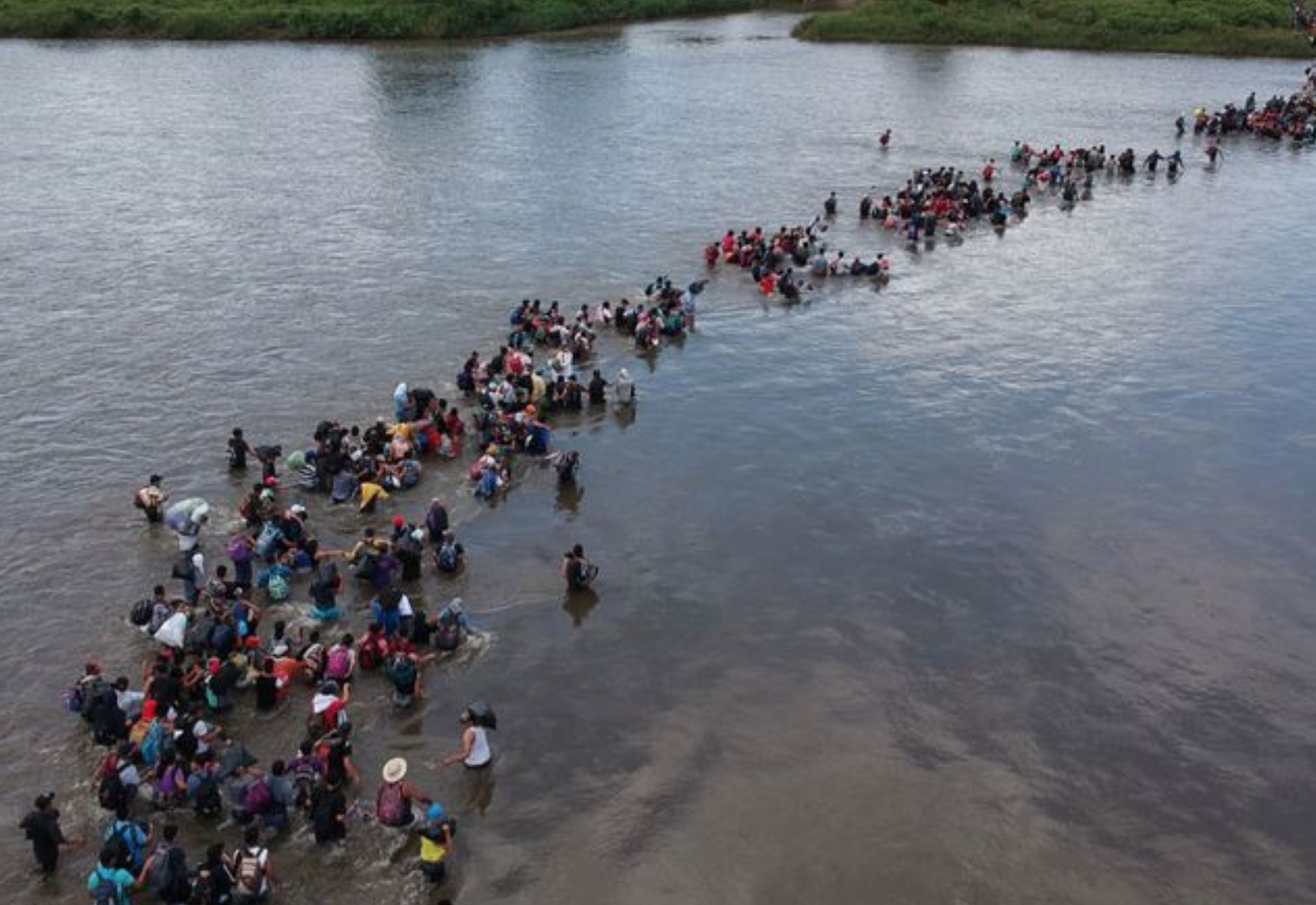The recently held Summit of the Americas in the city of Los Angeles generated certain achievements, opportunities, and challenges to advance the five basic themes of the meeting centered on the regional migration pact, health and resilience, employment and the digital economy, climate change and clean energy, and democratic governance.
These themes are, in turn, associated with three dimensions of the summit. First, the geopolitical dimension according to the priorities of fostering governance and democracy in the countries of the region. Linked to this point, we find the implicit questioning of countries considered non-democratic due to restrictions on the press freedom of expression and freedom of expression of ideas, such as Cuba, Venezuela, and Nicaragua.
The second dimension is related to the different policy proposals put forward in the context of the summit: a regional migration pact; a women’s empowerment initiative in a digital economy; the resilience of the hemisphere’s economic and health ecosystems; the avoidance of abuse and harassment on the Internet, climate change and the creation of clean energy jobs, and food security.
The third dimension is critical and central but complex, as it seeks to make these proposals viable through effective management, governance, and policymaking that is resilient, inclusive, sustainable, and equitable. In other words, governments and administrations are responsible for creating social value and basic agreements with civil society and the private sector through transparency and accountability criteria.
In this context, one of the priority proposals was the Los Angeles Declaration on Migration and Protection (the White House, May 10, 2022). This initiative aims to mobilize the region to transform the approach to migration management in the Americas and is based on four basic points.
The first point is stability and assistance for communities, which proposes rethinking the perspective of multilateral financing in order to foster development and better management of economies. The challenge is whether the resources allocated will be sufficient in the face of the problems of the countries of the region, which have become more complex in the post-pandemic framework of COVID-19. Such as the case of the increase in social inequalities that have increased poverty and will limit growth and, therefore, influence the humanitarian exodus in the coming years.
The second aspect is the expansion of legal means for refugee and work visas. Thus, it is proposed to change the way in which people migrate, starting with institutionalized priority programs: jobs, protection, and family reunification. The challenge is whether the different alternatives to increase the number of refugee proposals proposed will be sufficient in the face of the increase in requests from Latin America and the rest of the world.
The third point is the humane management of migration, for which the following strategies are proposed: a) humane border control; b) return of migrants who do not have protection needs; c) facilitation of returns to countries of most recent residence or origin; d) support for assisted voluntary returns; and e) increased bilateral and regional information sharing and cooperation on migrant smuggling and human trafficking.
The question is whether this new approach between the U.S. and regional migration management will have the institutional capacity to reduce the central role of human smugglers and their corrupt logic and whether it will foster effective co-responsibility or shared responsibility for managing the various strategies proposed.
And the last point is a coordinated emergency response, which will promote safe, orderly, and regular migration and the safety of migrants, refugees, and asylum seekers in the region, particularly in situations of mass migration and refugee displacement. This strategy reflects the existing institutional framework. The issue is whether the recent migration wave that between October 2021 and April 2022 left more than 1.2 million irregular migrants detained by the U.S. government (USCBP, April 2022) does not reflect a humanitarian crisis.
Another structural problem is whether the Northern Triangle countries (Guatemala, Honduras, and El Salvador) and Mexico have sufficient incentives to reduce or control irregular migration to the United States, taking into account that maintaining or increasing migration flows allows them to receive significant resources through remittances from the United States.
These have been the initiatives proposed throughout the summit, but a fundamental condition for their implementation is to promote effective co-responsibility of the countries with the U.S. government and effective management, governance, and multilevel policies for development. Otherwise, these proposals will not be viable.
Translated from Spanish by Janaína Ruviaro da Silva











